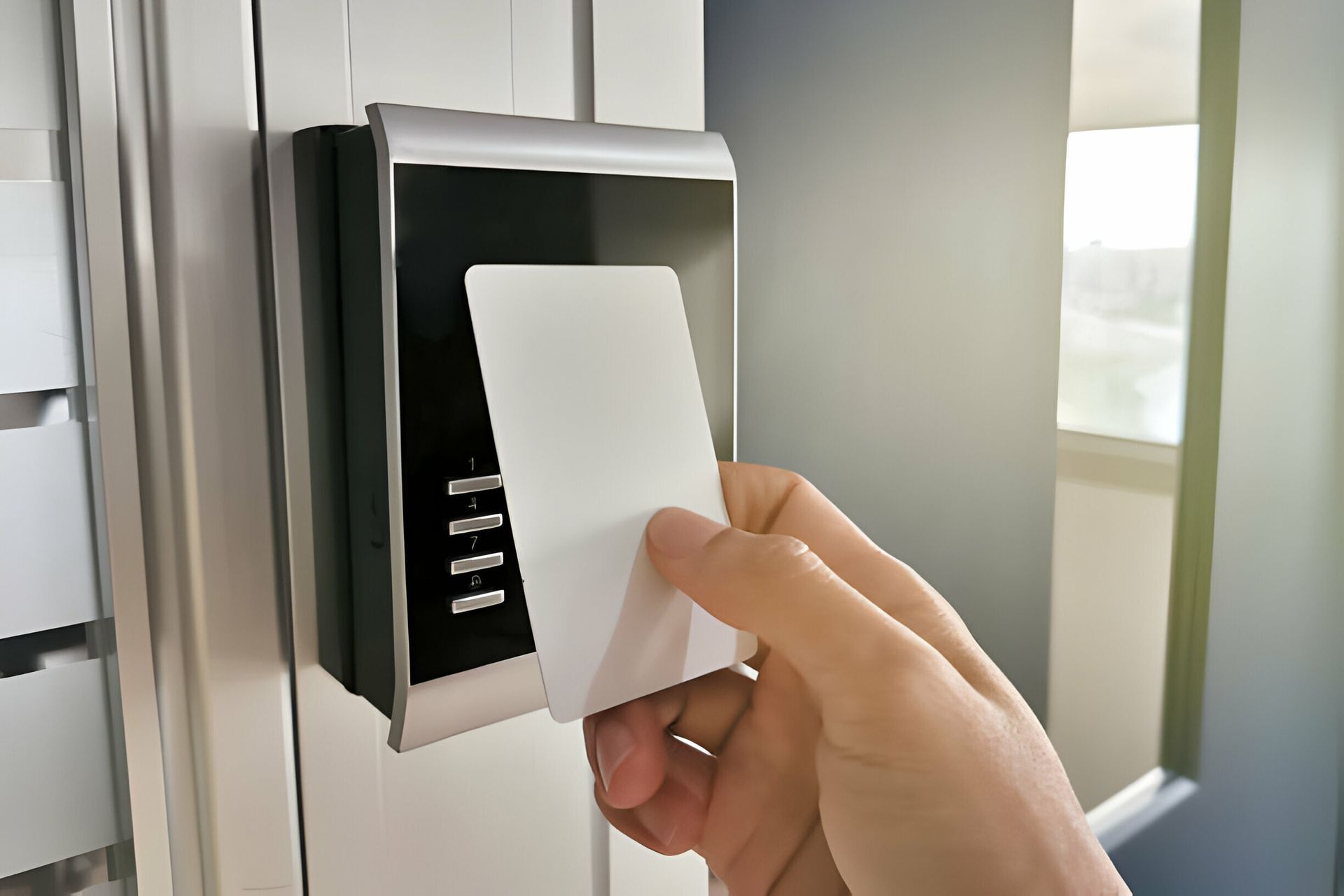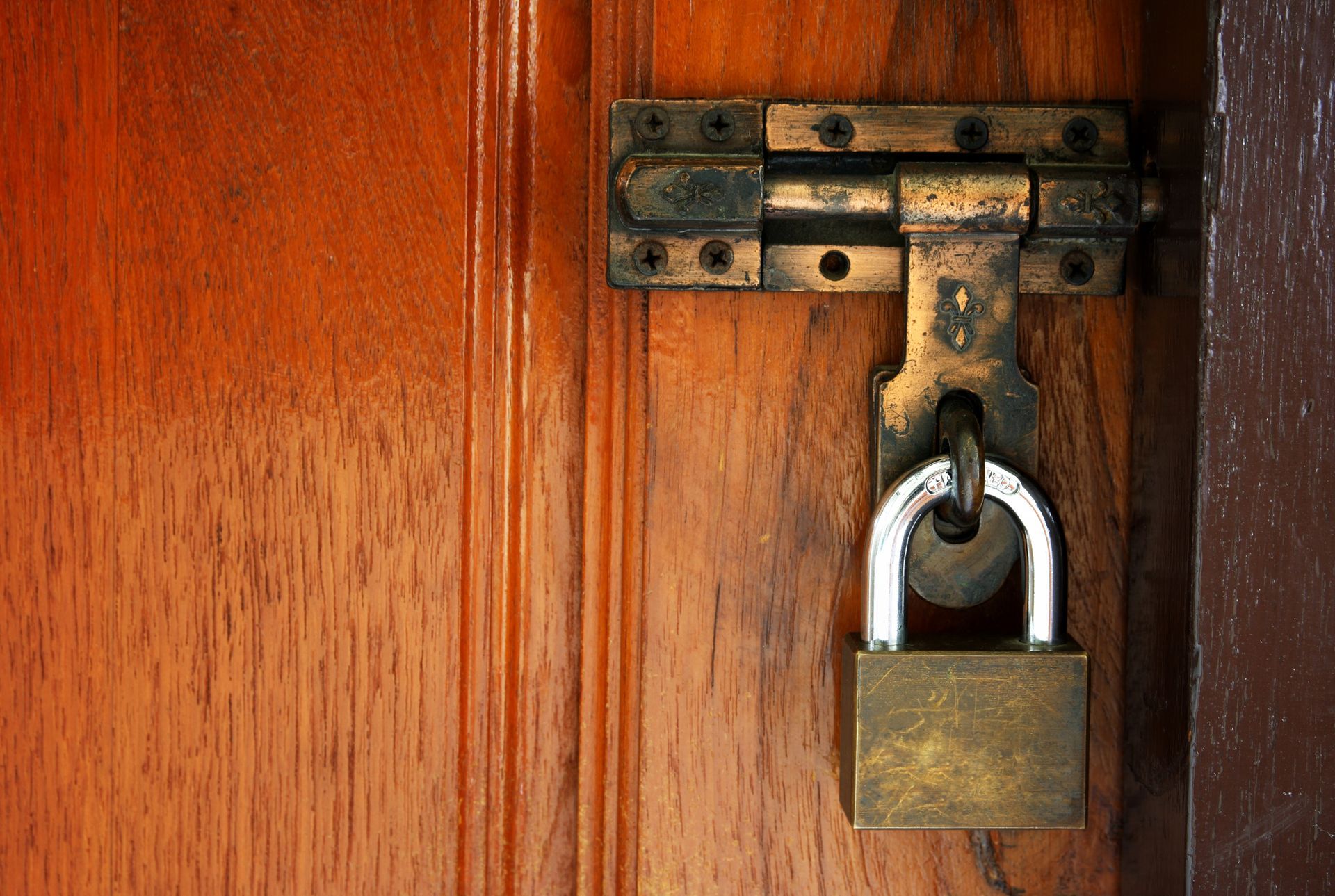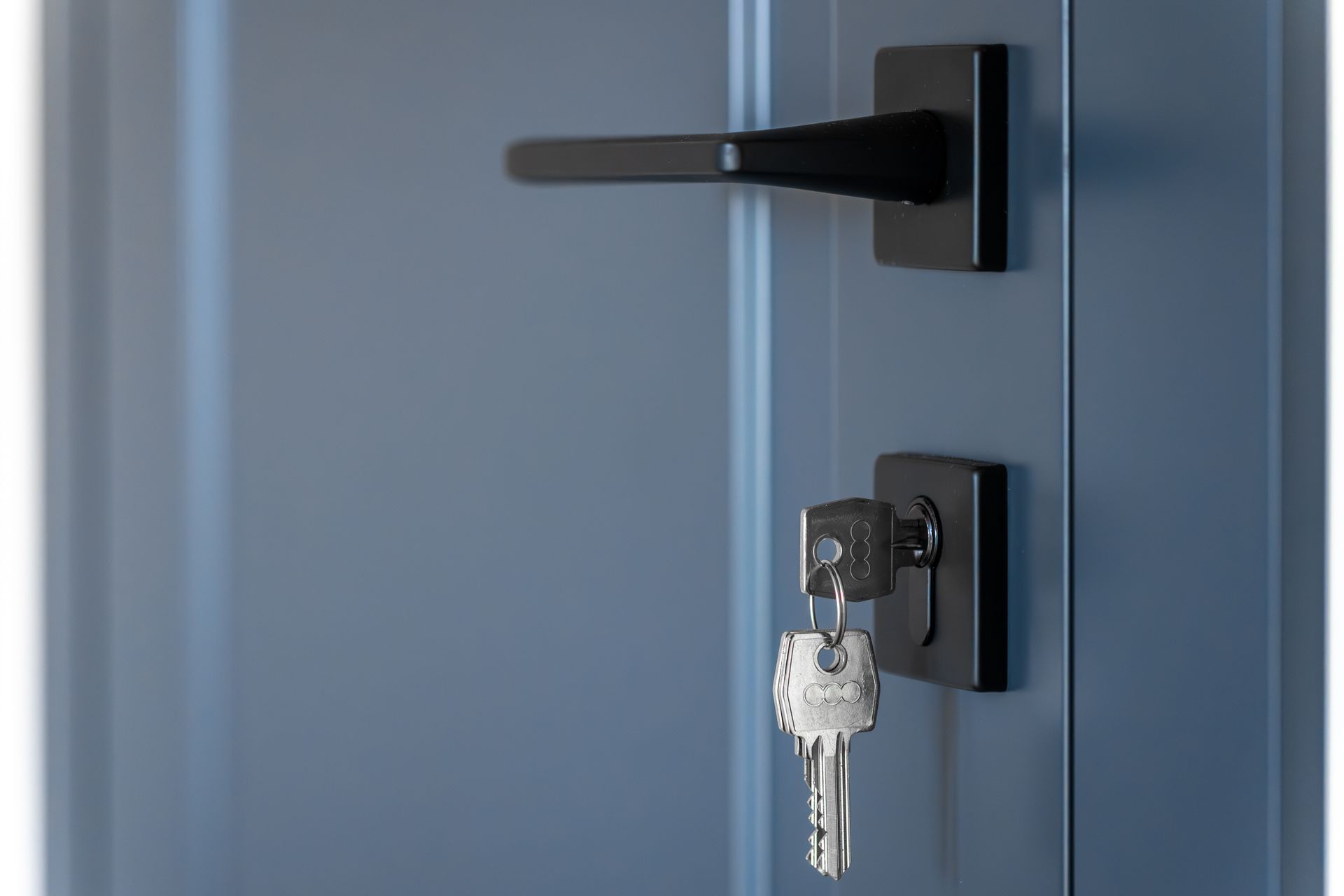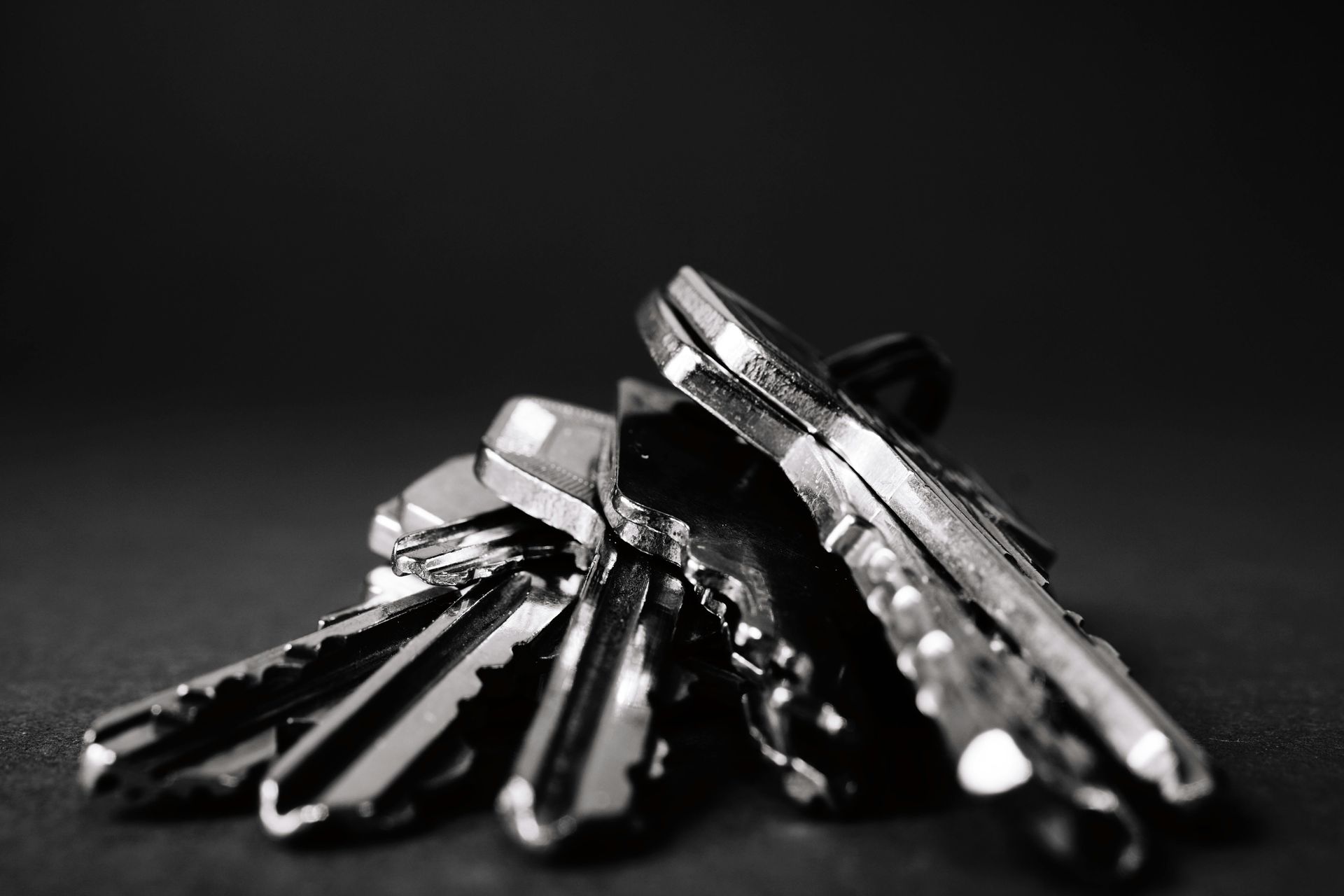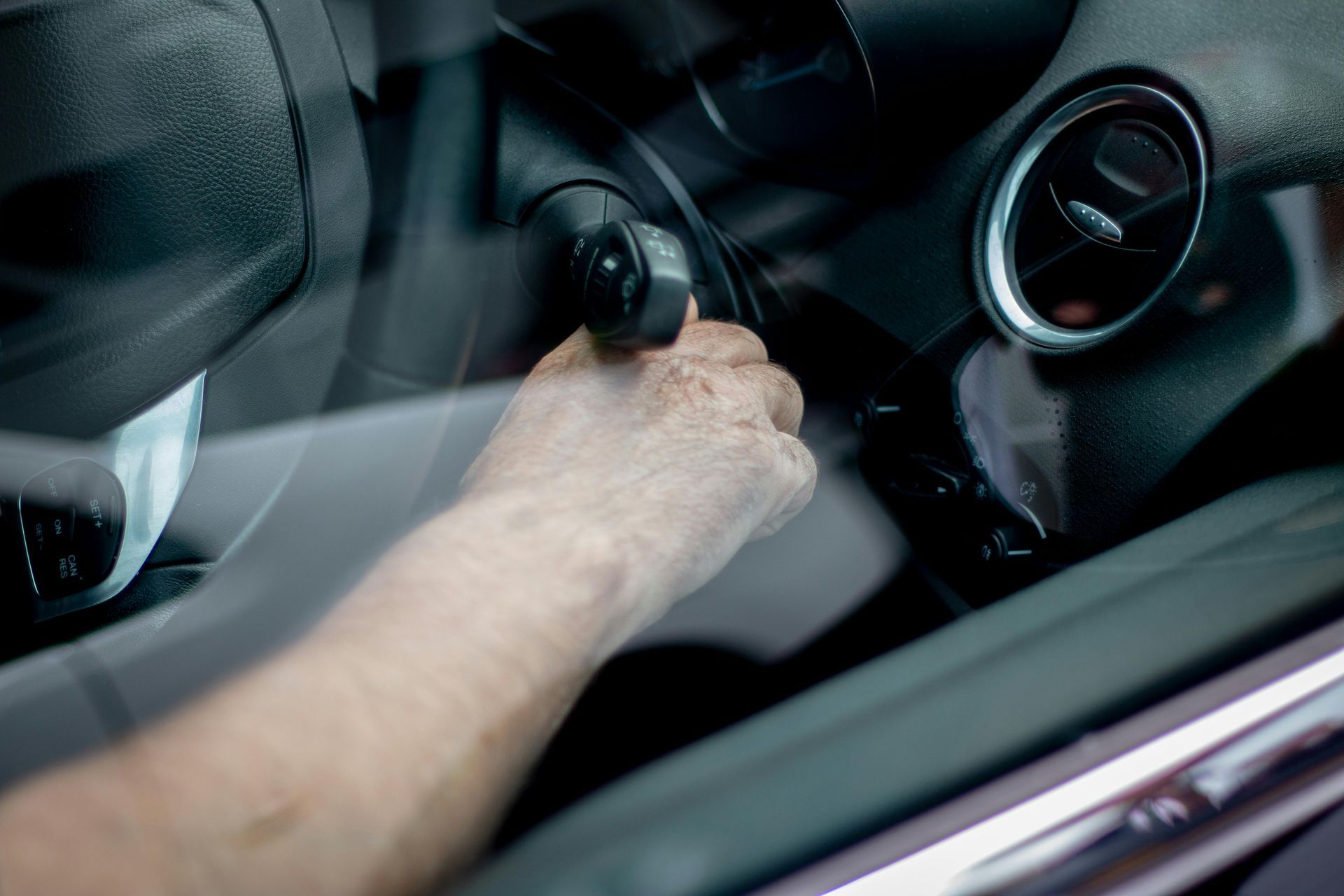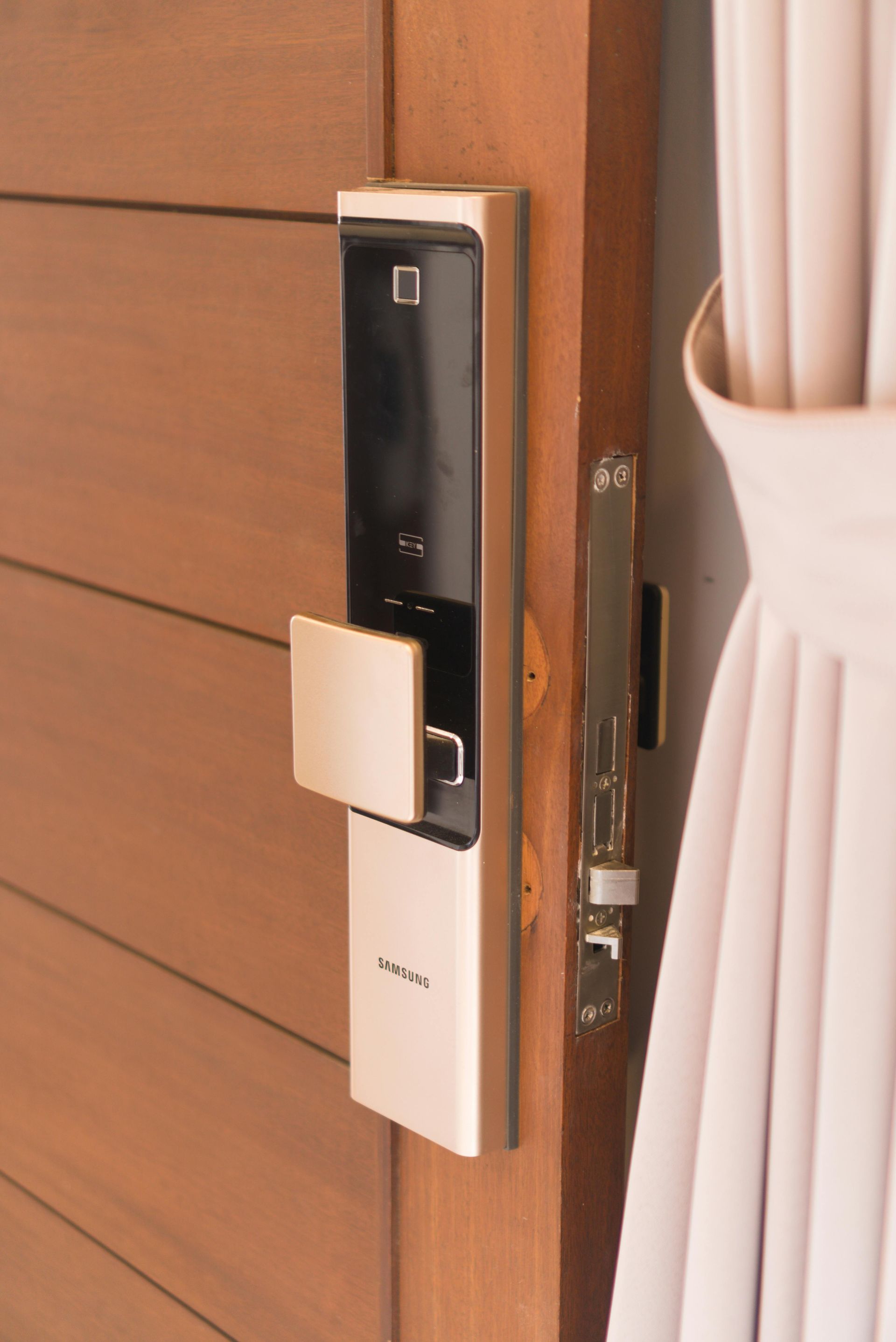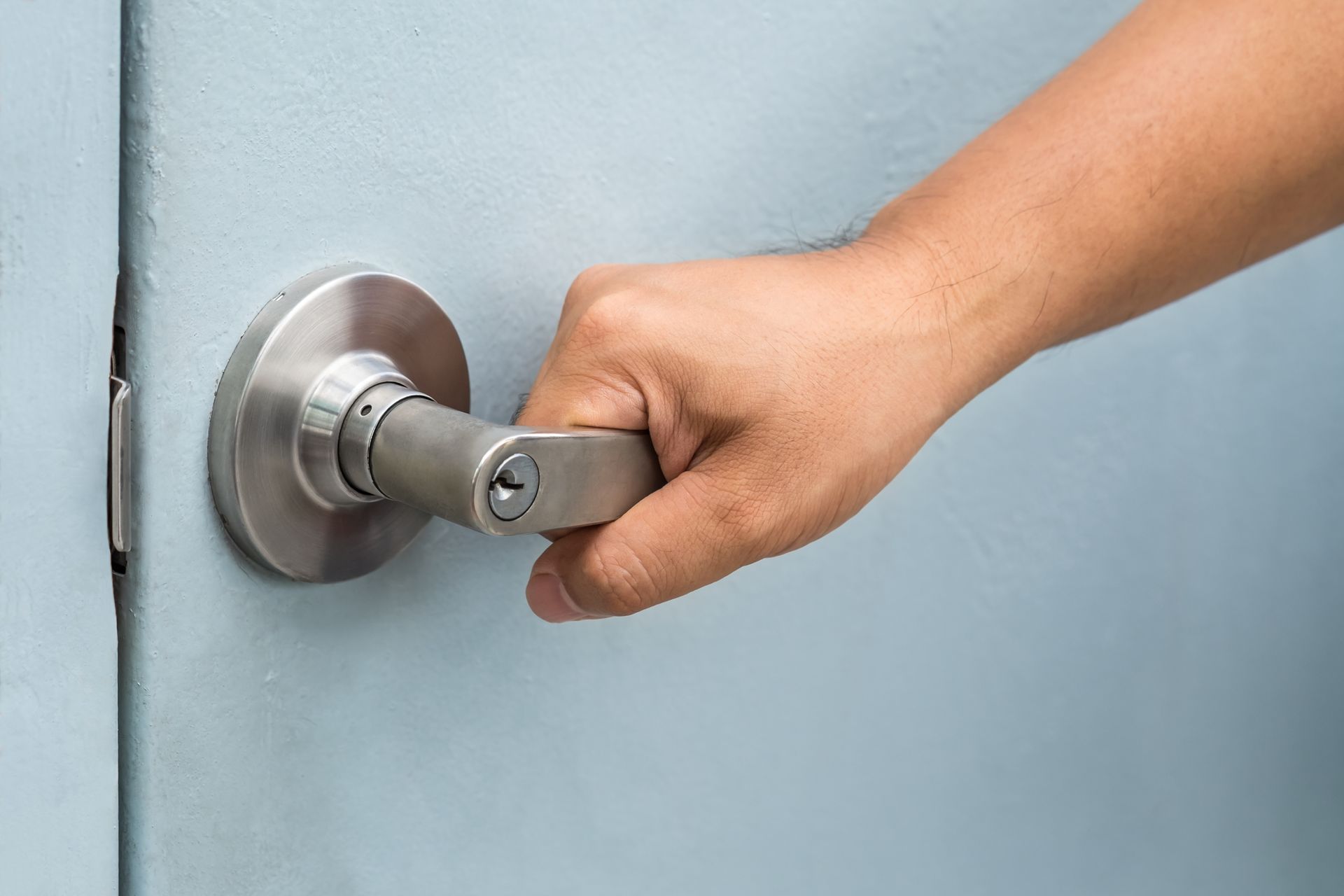Common Lock Problems and How to Avoid Them
Locks are essential for securing our homes, businesses, and belongings. Over time, even the sturdiest locks can encounter difficulties. Understanding common lock issues and how to prevent them can save you time, money, and stress. In this blog post, we’ll explore five common lock problems and provide tips on how to avoid them.
#1. Key Stuck in the Lock
One of the most frustrating lock problems is when a key gets stuck in the lock. This issue can occur for various reasons, including wear and tear, dirt and debris, or even a misaligned lock mechanism.
Causes and Prevention
- Wear and Tear: Over time, keys and locks can wear down, making it difficult for the key to turn smoothly. Regularly lubricating your lock with a graphite-based lubricant can help reduce wear and tear.
- Dirt and Debris: Dust, dirt, and other debris can accumulate inside the lock, causing the key to get stuck. To prevent this, clean your locks periodically and use a key cover to protect your keys from dirt.
- Misalignment: If the lock mechanism is misaligned, it can cause the key to get stuck. Ensure that your lock and door are properly aligned by adjusting the door hinges or strike plate if necessary.
What to Do If Your Key Is Stuck
If your key gets stuck in the lock, avoid forcing it out, as this can cause the key to break. Instead, gently wiggle the key while applying a small amount of lubricant to the lock. If the key remains stuck, contact a professional locksmith like About Time Locksmith in Montgomery, AL, at
(334) 868-5628 for assistance.
#2. Broken Key in the Lock
A broken key in the lock is another common issue that can leave you locked out of your home or office. This problem usually occurs when the key is old or worn out, or when excessive force is used to turn the key.
Causes and Prevention
- Old or Worn Keys: Keys can weaken and break over time, especially if they are frequently used. Inspect your keys regularly for signs of wear and replace them if they appear damaged.
- Excessive Force: Using too much force to turn a key can cause it to snap. If your key is difficult to turn, address the underlying issue (such as a dirty or misaligned lock) rather than forcing the key.
What to Do If Your Key Breaks
If your key breaks in the lock, try to remove the broken piece using needle-nose pliers or a broken key extractor tool. If you are unable to remove the broken key, avoid causing further damage by contacting a professional locksmith for help.
#3. Lock Is Difficult to Turn
A lock that is difficult to turn can be both inconvenient and a sign of a more significant issue. This problem can be caused by a variety of factors, including a misaligned lock, a worn-out key, or internal lock damage.
Causes and Prevention
- Misalignment: A misaligned lock can make it difficult to insert and turn the key. Ensure that your door and lock are properly aligned and make any necessary adjustments.
- Worn-Out Key: A worn-out key may not fit the lock correctly, making it difficult to turn. Replace your key if it shows signs of wear.
- Internal Lock Damage: Internal components of the lock can become damaged or worn over time, leading to difficulty turning the key. Regular maintenance and lubrication can help prevent internal lock damage.
What to Do If Your Lock Is Difficult to Turn
If your lock is difficult to turn, try lubricating the lock with a graphite-based lubricant. If this does not resolve the issue, contact a professional locksmith to inspect and repair the lock.
#4. Lock Is Frozen
In colder climates, locks can freeze, making it impossible to insert or turn the key. This issue is particularly common with exterior locks exposed to the elements.
Causes and Prevention
- Cold Weather: Moisture inside the lock can freeze in cold weather, causing the lock to seize up. To prevent this, use a lock de-icer or apply a small amount of graphite-based lubricant to the lock before cold weather sets in.
- Exposure to Moisture: Locks exposed to rain, snow, or humidity are more likely to freeze. Protect your exterior locks by installing a weatherproof lock cover or shelter.
What to Do If Your Lock Is Frozen
If your lock is frozen, avoid using excessive force to turn the key, as this can cause the key to break. Instead, use a lock de-icer or apply a small amount of rubbing alcohol to the lock to melt the ice. For persistent issues, contact a professional locksmith for assistance.
#5. Lock Cylinder Turns But the Lock Does Not Open
When the lock cylinder turns but the lock does not open, it can be a sign of a more severe issue with the lock mechanism. This problem can occur due to a broken or disconnected tailpiece, a damaged lock mechanism, or improper installation.
Causes and Prevention
- Broken or Disconnected Tailpiece: The tailpiece connects the lock cylinder to the locking mechanism. If it is broken or disconnected, the cylinder will turn without engaging the lock. Regularly inspect and maintain your locks to ensure all components are in good working order.
- Damaged Lock Mechanism: Internal components of the lock can become damaged over time, preventing the lock from functioning correctly. Regular maintenance and lubrication can help prevent internal damage.
- Improper Installation: If the lock was not installed correctly, it could cause the cylinder to turn without engaging the lock. Ensure that your locks are installed by a professional locksmith to avoid this issue.
What to Do If Your Lock Cylinder Turns But the Lock Does Not Open
If your lock cylinder turns but the lock does not open, contact a professional locksmith to inspect and repair the lock. Avoid attempting to fix the lock yourself, as this can cause further damage.
Contact About Time Locksmith for Professional Lock Services
If you’re experiencing any of these common lock problems, don’t hesitate to contact
About Time Locksmith in Montgomery, AL. Our team of experienced locksmiths is here to help with all your lock and key needs, from emergency lockouts to lock repair and installation. Call us today at
(334) 868-5628 to schedule an appointment or request emergency assistance. We have a
24-hour service,
commercial and
residential services, and
automotive services.
FAQ
How often should I replace my keys?
It’s a good idea to replace your keys every few years or if you notice any signs of wear, such as bending, cracks, or difficulty turning in the lock.
Can I use any lubricant on my locks?
No, it’s best to use a graphite-based lubricant for locks. Other lubricants, such as oil-based products, can attract dirt and debris, causing more problems in the long run.
What should I do if I’m locked out of my home?
If you’re locked out of your home, avoid trying to force the lock open yourself, as this can cause damage. Instead, contact a professional locksmith like About Time Locksmith for assistance.
How can I prevent my locks from freezing in the winter?
To prevent your locks from freezing, use a lock de-icer or apply a graphite-based lubricant before cold weather sets in. You can also install weatherproof lock covers to protect exterior locks from moisture.
Why is my lock cylinder turning but the lock isn’t opening?
If your lock cylinder turns but the lock isn’t opening, it could be due to a broken or disconnected tailpiece, a damaged lock mechanism, or improper installation. A professional locksmith can help you solve this problem.
